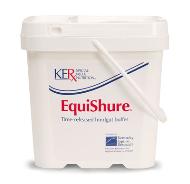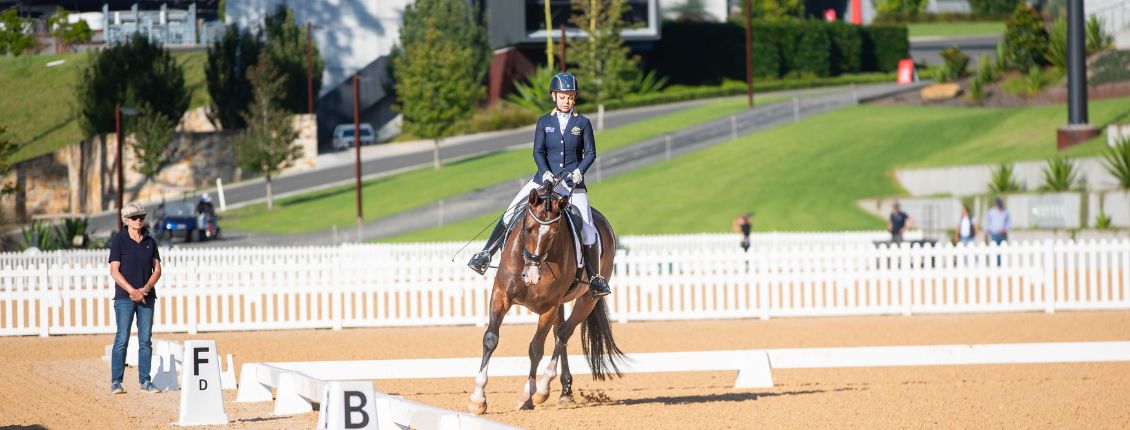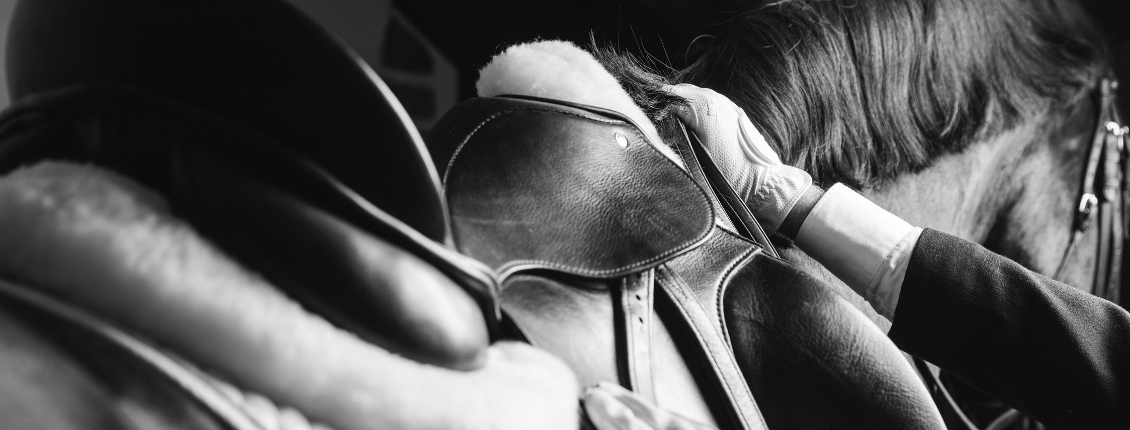
Will a hindgut balancer nutritionally support horses that eat a high fructan or high-grain diet?
Horses evolved as wandering herbivores with voluminous hindguts adapted to process large quantities of high-fibre forage. The primary microorganisms populating the hindgut of horses are fibre-fermenting bacteria that depend on cellulose and hemicellulose as their primary energy substrates. Smaller populations of bacteria capable of rapidly fermenting soluble carbohydrates also inhabit the hindgut.
When horses eat a diet high in fibre, the environment in the hindgut favours the fibre-fermenting bacteria. When large grain meals are fed to horses, a portion of the starch may escape digestion in the small intestine and be rapidly fermented in the caecum and colon. The same thing happens with lush pastures where the fructan sugars are indigestible in the small intestine and pass into the large intestine for fermentation. Volatile fatty acid (VFA) and lactic acid production increases, causing a significant decrease in pH. A downward shift in pH provides an unfavourable environment for many of the fibre-fermenting microorganisms that inhabit the hindgut and may result in hindgut acidosis (HGA).
Hindgut acidosis is a common problem in horses consuming large quantities of either grain or fructan-rich forages. This dietary regime may lead to shifts in hindgut acidity when undigested the starch or sugar is rapidly fermented, changing the environment of the hindgut. Horses suffering from hind gut acidosis may develop loose manure, have a higher risk of colic, or laminitis, and may develop behaviour changes like wood chewing, weaving, stable walking or unsettled, nervous behaviour.
A study performed at Kentucky Equine Research was designed to test the efficacy and safety of feeding a protected sodium bicarbonate (PSB) product to treat hindgut acidosis in horses fed a high-grain ration. Six horses in good physical condition were split into two treatment groups. All horses were exercised daily and were fed hay and a high-grain ration for a period of four weeks. In addition, horses in one group were given PSB, while horses in the other group served as a control. The horses were exercised daily on. Analysis of faecal samples showed that control horses developed hindgut acidosis by six hours after feeding, while horses given the PSB maintained normal hind gut pH during the same period. Another study showed that the PSB protected horses introduced onto lush pasture against the rise in lactic acid production experienced in untreated control horses which comes from the fermentation of fructans in the hind gut.
Horses in training frequently require large grain meals to provide energy for performance. Results of this study indicate that feeding a protected sodium bicarbonate product (KERx EquiShure™) to horses on high-grain diets can attenuate the pH shifts that lead to hindgut acidosis. Coating the sodium bicarbonate product allows it to reach the hindgut in an active state instead of being neutralized in the stomach and small intestine. Horses receiving EquiShure maintain a normal hind gut environment and are protected from hindgut acidosis and its negative consequences.
For more information please contact KER diet advice line on 1800 772 198 or email [email protected]
READ MORE ARTICLES ON THE KER NUTRITION HUB











